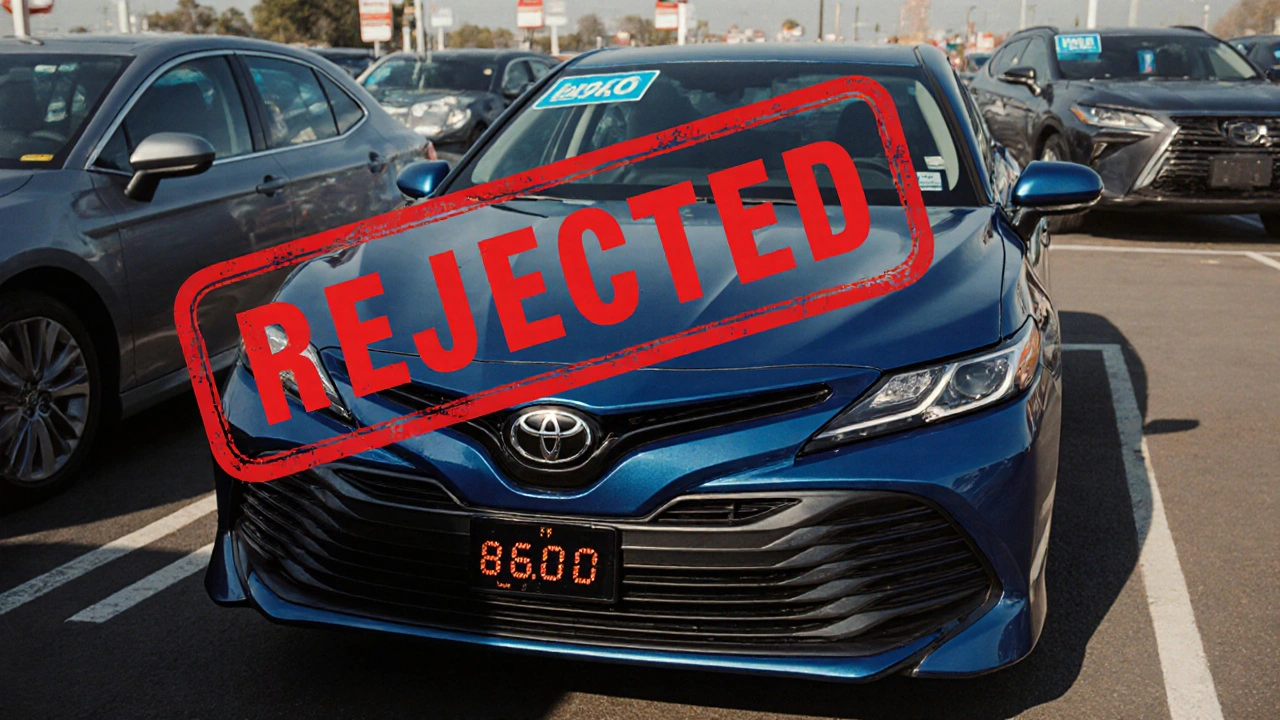When you buy a Certified Pre-Owned, a used car that’s been inspected and backed by the manufacturer with a warranty. Also known as CPO, it’s supposed to be the safest used car option out there. But not every car makes the cut—many get turned down, and you should know why. Dealers don’t just slap a CPO label on any used car. There’s a strict checklist, and if a vehicle fails even one major item, it’s rejected. That’s not a flaw—it’s protection. You’re paying more for peace of mind, and that peace comes from knowing the car passed a 100+ point inspection. But what actually causes a car to fail?
One of the biggest reasons a car gets rejected is accident damage, structural or frame repairs that weren’t done properly or weren’t disclosed. Even a small fender bender can be a dealbreaker if the frame is bent or the repair used non-OEM parts. Manufacturers don’t trust aftermarket fixes. Then there’s mechanical issues, things like transmission problems, engine misfires, or worn-out suspension components. A car with a history of overheating or a timing belt that’s overdue? Rejected. It’s not about mileage—it’s about reliability. If the car has ever had a major repair that wasn’t documented or done right, it’s out.
Another common rejection reason is title problems, like salvage, flood, or lemon titles. Even if the car looks fine, if it was ever declared a total loss by an insurance company, it’s automatically disqualified. Flood damage is especially sneaky—it can hide in wiring, seats, and electronics. A CPO inspection might not catch everything, but the title check will. And don’t forget odometer fraud, when the mileage has been rolled back or tampered with. That’s a hard zero-tolerance rule. No exceptions.
Some cars get rejected for things you wouldn’t expect—like missing service records. If the previous owner never did routine oil changes or brake inspections, the car might not meet the manufacturer’s maintenance standards. Even if the car runs fine, the lack of proof that it was cared for can be enough to pull the plug. And yes, even cosmetic damage like deep scratches, cracked dashboards, or worn-out seats can cause rejection if they’re above the allowed threshold. CPO isn’t just about function—it’s about condition.
What’s left after rejection? Cars that were never meant to be CPO. They might still be good used cars, but they’re not worth the extra cost or warranty. Knowing these rejection reasons helps you ask the right questions when shopping. Always ask for the full inspection report. If the dealer won’t show it, walk away. The cars that pass CPO inspection are the ones you want. The ones that don’t? They’re the ones with hidden risks you’re better off avoiding.
Below, you’ll find real posts that dig into how CPO inspections work, what warranties actually cover, and how to spot a car that was turned down—but still being sold as if it’s certified. Use this knowledge to avoid costly mistakes and find a car that truly deserves the CPO badge.
Posted by
Liana Harrow
10 Comments

Not every used Toyota qualifies for certified pre-owned status. Learn the real reasons Toyotas get rejected-age, mileage, accident history, service gaps, and more-before you buy.
read more